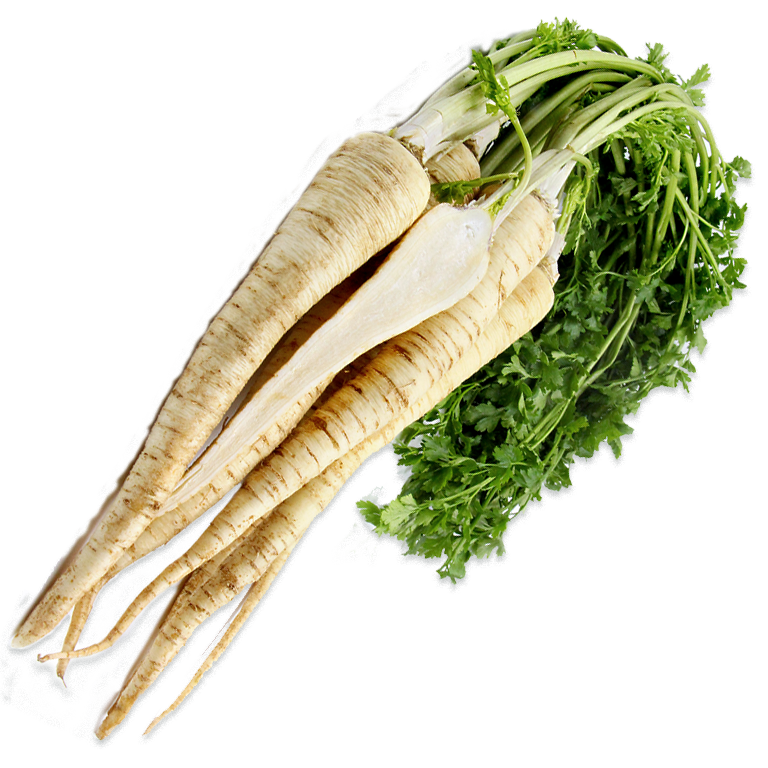The Aubergine is a vegetable of edible fruit of the genus Solanum within the Solanaceae family. Aubergines possess many minerals and vitamins such as excellent fiber, folic acid, potassium and manganese, as well as vitamin C, K, and B6, phosphorus, copper, thiamine, niacin, magnesium, and pantothenic acid.
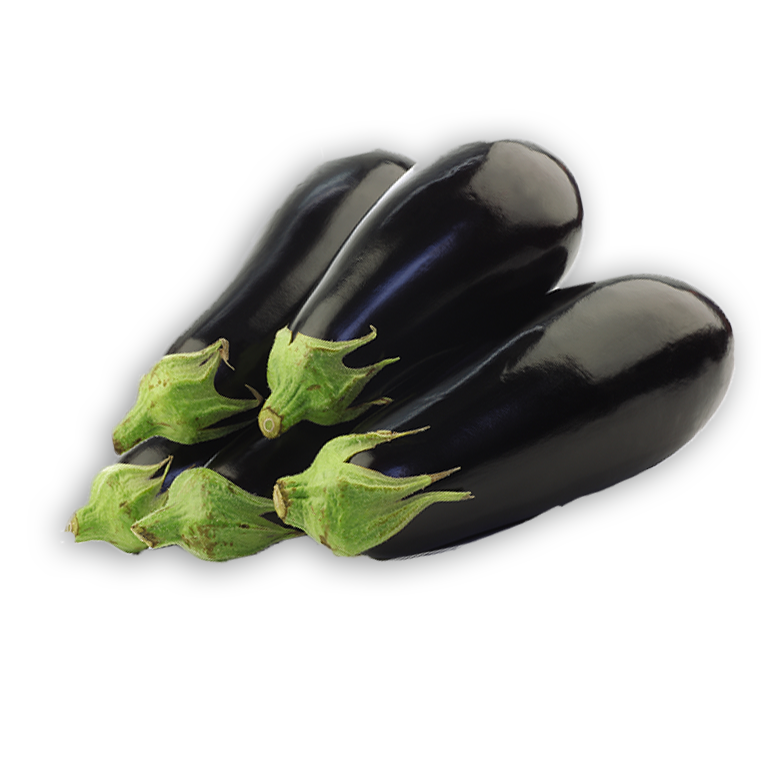
Of elongated form and variable colour from light green, dark or even black. Its flesh is always white. The proportions of nutrients from the zucchini may vary according to the type and quantity of vegetables.
They favor the elimination of liquids, prevent diseases of the large intestine, decrease blood pressure, they maintain healthy intestinal mucosa, they strengthen the immune system and prevent infections, They help in the kidney and bladder problems.
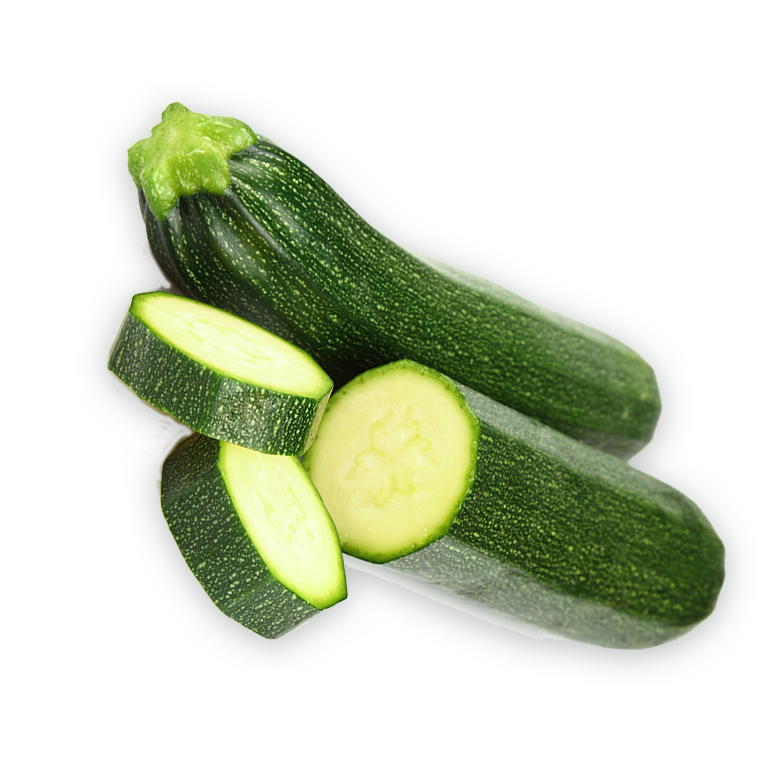
Short, wide fruits, with three or four sharply marked hulls, square section, and more or less thick meat (3-7mm). Variable color that can be red, yellow, green, orange and even black. It is an excellent source of vitamin C, A, E and B6.
The pepper of California favors the functioning of the central nervous system and brain activity, reduces the risks of the appearance of degenerative pathologies, cancer, cataracts and heart diseases.
Other components include potassium, magnesium, phosphorus and calcium. Thanks to them, it contributes to the regulation of water inside and outside the cells, to the transmission of the nervous impulse, the functioning of the intestine, nerves and muscles, and the formation of teeth and bones..
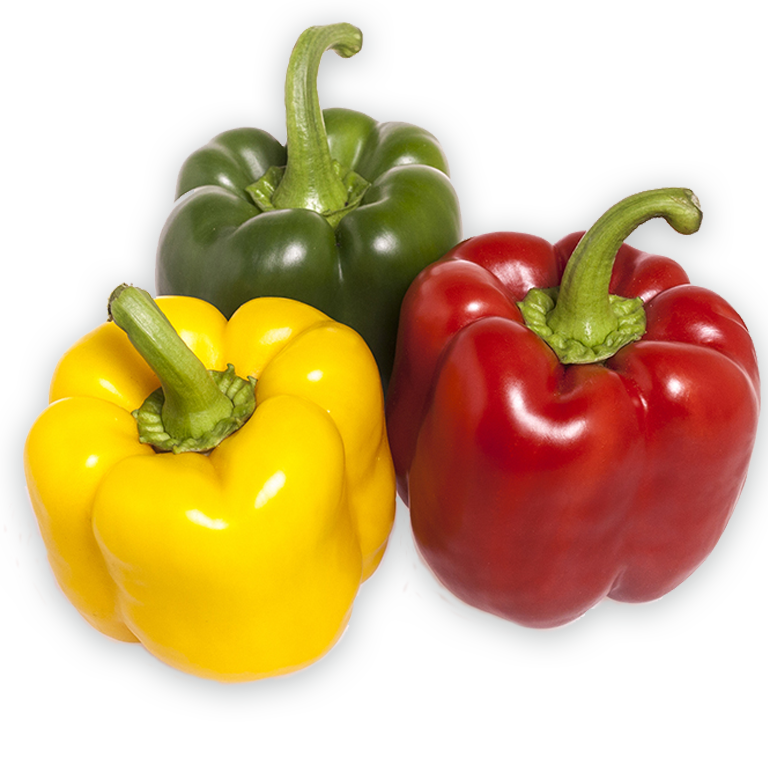
Rounded white head with green bracts, well-structured, firm. It has a very rich biochemical composition. In comparison with white cabbage, it contains much more proteins (about 1.5-2 times), vitamin C.
Also this vegetable is saturated with vitamins B6, B1, A and minerals- magnesium, sodium, potassium, phosphorus, calcium, iron. For example, cauliflower contains twice as much iron as in green peas, pepper and salad. It is also rich in tartronic acid, citric acid, malic acid, pectin. Tarton acid does not allow the formation of fatty deposits.
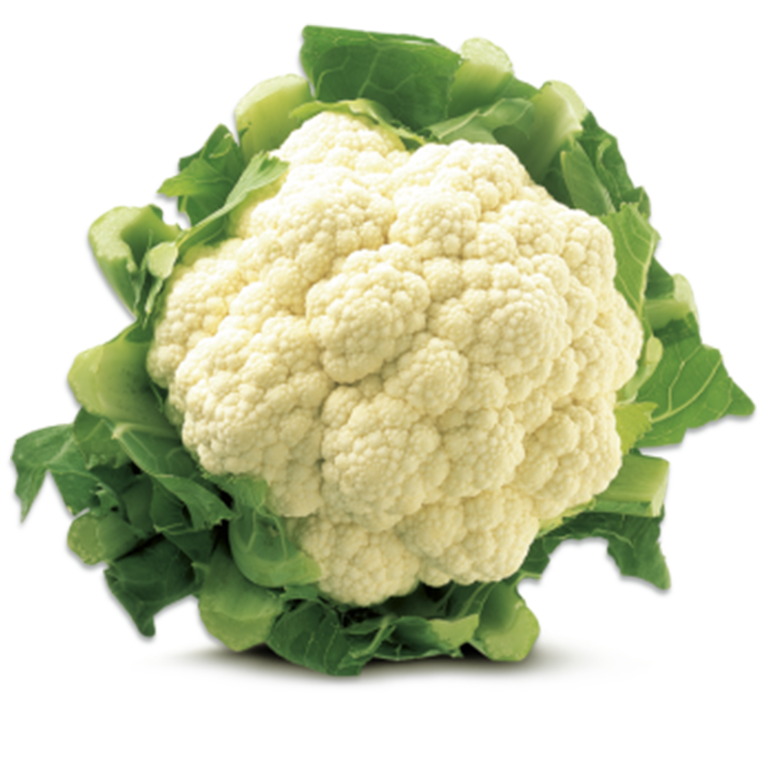
Together with chicory and sugar loaf, radicchio is part of the group of leaf chicories. The colours range from deep red to yellow with red speckles. Radicchio is a typical Italian lettuce and the different varieties are named after the regions in Italy where they are mainly grown.
Our producers have two types of radicchio; the round “Radicchio di Chioggia” and the elongated “Radicchio di Treviso”.
They contain vitamins E, A, K, B1, B2, B5, B9, PP and ascorbic acid, as well as minerals - selenium, magnesium, iron, sodium, manganese, copper, zinc, phosphorus, potassium and calcium. Radicchio salad perfectly cleanses the blood, and also has a very beneficial effect on the cardiovascular system.

The flower heads of this edible plant are eaten, are of a dark green colour, somewhat compact and irregular in shape. It has an intense flavour and smell, which is very characteristic, due to its content of sulphur nutrients. Broccoli is particularly remarkable for its wealth of phytochemicals which make it a very important medicinal food.
According to numerous studies broccoli is the vegetable that has highest anti carcinogenic properties, aside from its digestive, anti-anaemic and relaxing properties. Undoubtedly, these qualities make broccoli a reference benchmark among salad and should be included in a healthy and balanced diet.
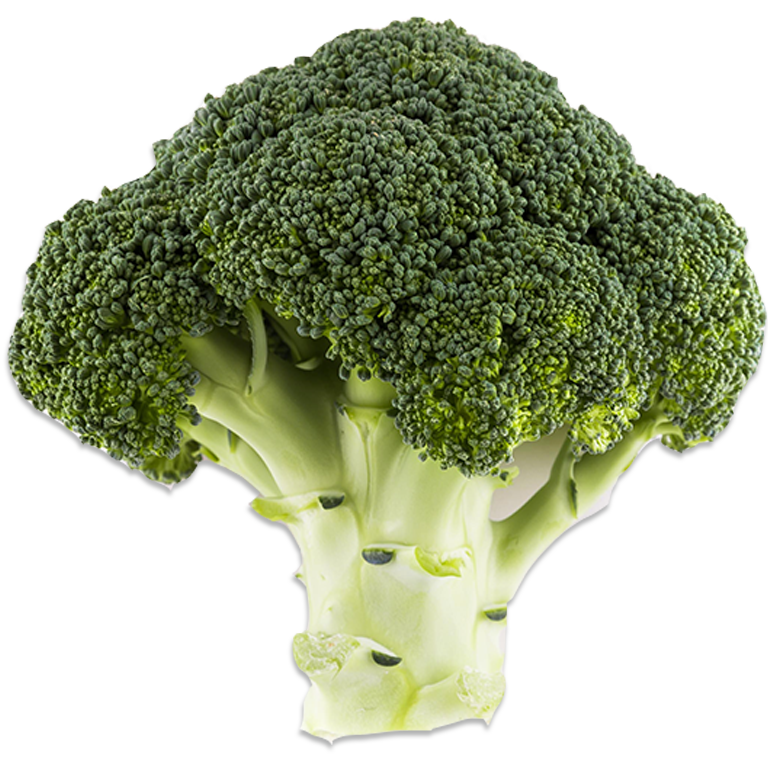
The leek is an annual plant, with many-leaved long shell. The aroma and taste of the plant is a mild taste combination of its close relatives onion and garlic unlike the usual onion, is less sharp and sweeter.
In leeks contain very few calories, so it is an excellent diet food. Most important nutrients are a lot of vitamin C, vitamin K, folic acid. It could be storage cooled and dark for up to 4 weeks.
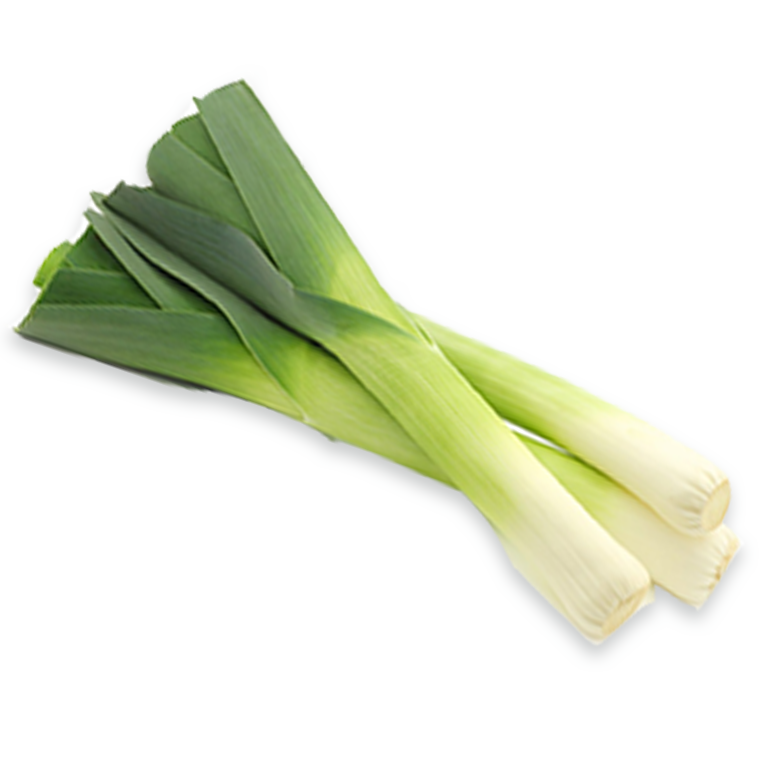
The composition of kohlrabi includes a large amount of vitamin C, as well as vitamins A, B, PP, B2. This vegetable high in a lot of vegetable proteins, carbohydrates, mineral salts, calcium, potassium, phosphorus, magnesium, carotene, pantothenic acid, cobalt and iron.
Delicate and succulent stems with white flesh contain glucose and fructose, which is easily absorbed by the body and gives a feeling of satiety. For the total digestibility of vitamins, kohlrabi is superior to apples.
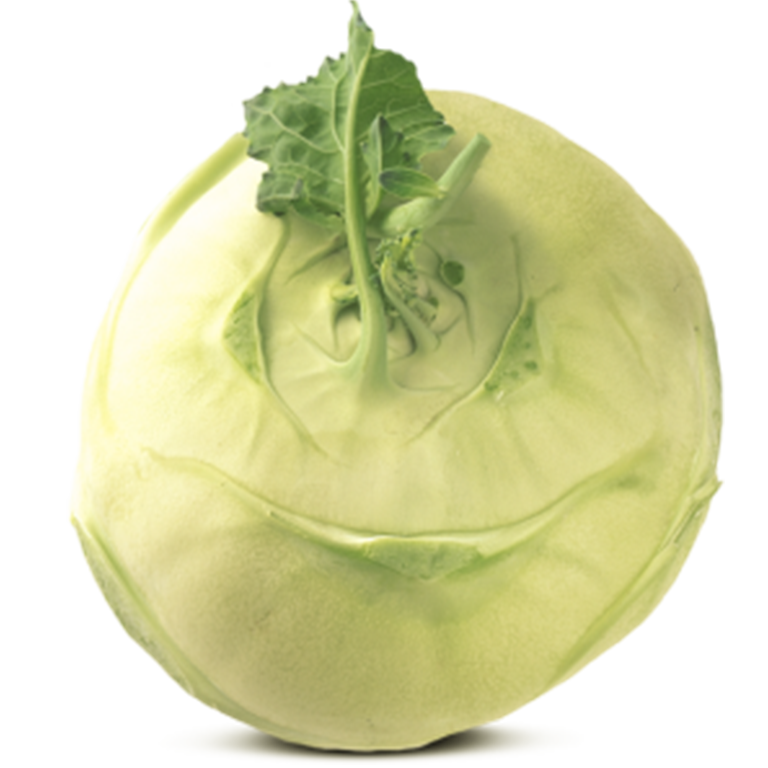
Fennel is a well-known medicinal plant and vegetable. The fleshy leaf stems, or bulbs, are used as a vegetable. Ideally, the bulbs are pure white and basically round in shape.
Fennel has a pleasantly mild, aromatic flavour. Fennel bulbs are sold washed and with the leaf stems cut short, so that only the finely feathered heart leaves remain. These are the ones with the most intense flavour.
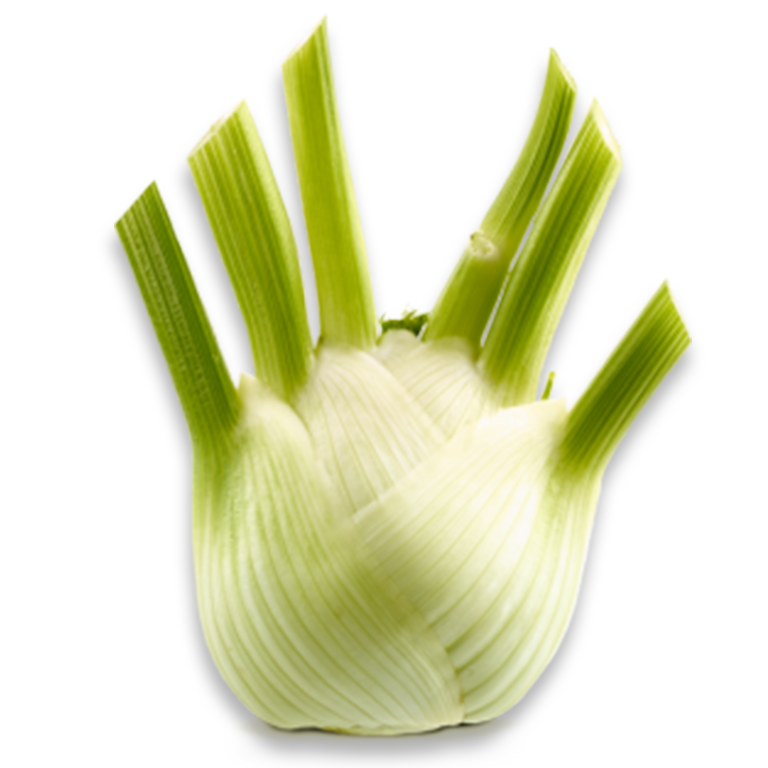
The celery root is mainly round and only partially grows in the ground. Its colour ranges from light-grey to sandy-coloured, often accompanied by a slightly greenish colour. The flesh of the root is white and has a firm or slightly elastic structure.
Celery has a strong and spicy flavour with its own very special aroma, which is partly because of the amount of essential oils. One major component of these essential oils are terpenes, a group of secondary plant substances.
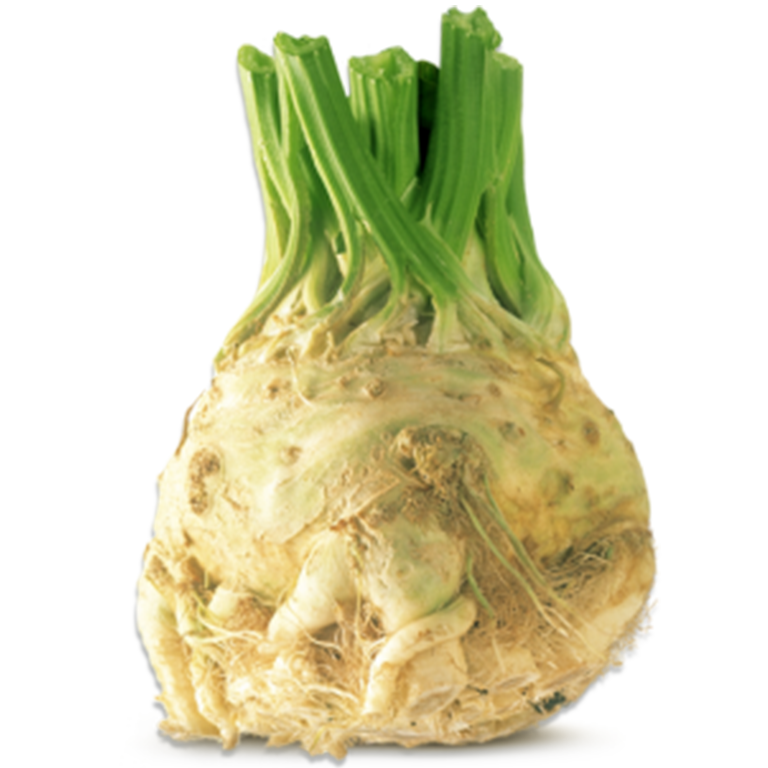
The best-known Japanese hybrid radish – daikon. Daikon has many useful properties. Since it practically does not contain mustard oil and glycosides, it does not excite unnecessary activity of the heart. It is often used daikon to fight with atherosclerosis and rheumatism.
Thanks to the content of pectins and cellulose, daikon promotes rapid assimilation of food and improvement of digestion in general. Root is a low-calorie product, which makes it possible to use it during slimming. Magnesium, contained in root crops, improves the state of the nervous system.
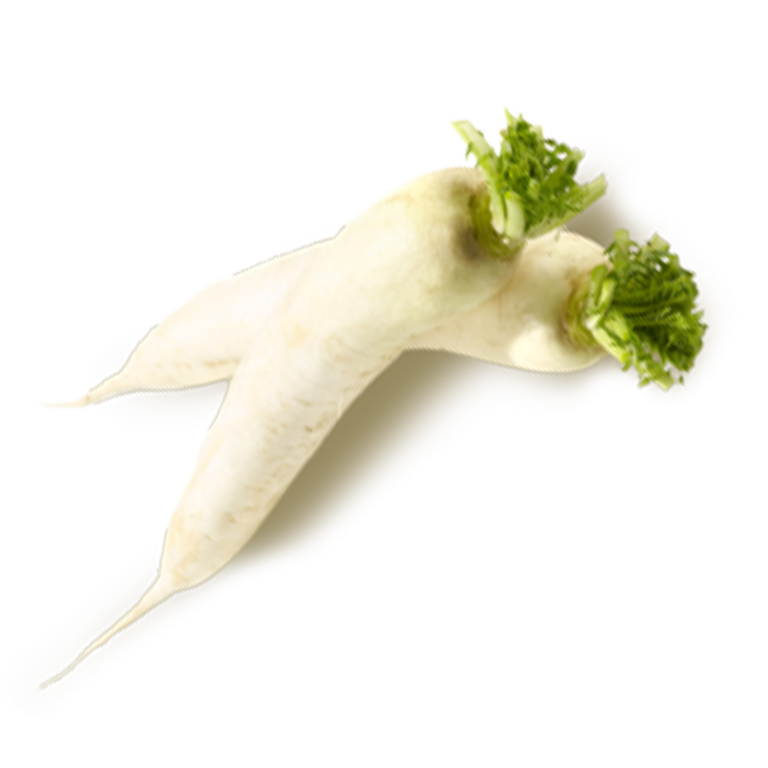
Parsley root is worldwide known as medicinal plants (e.g. fennel), aromatic herbs (e.g. dill, caraway) and also as vegetables (e.g. carrots, celery).
